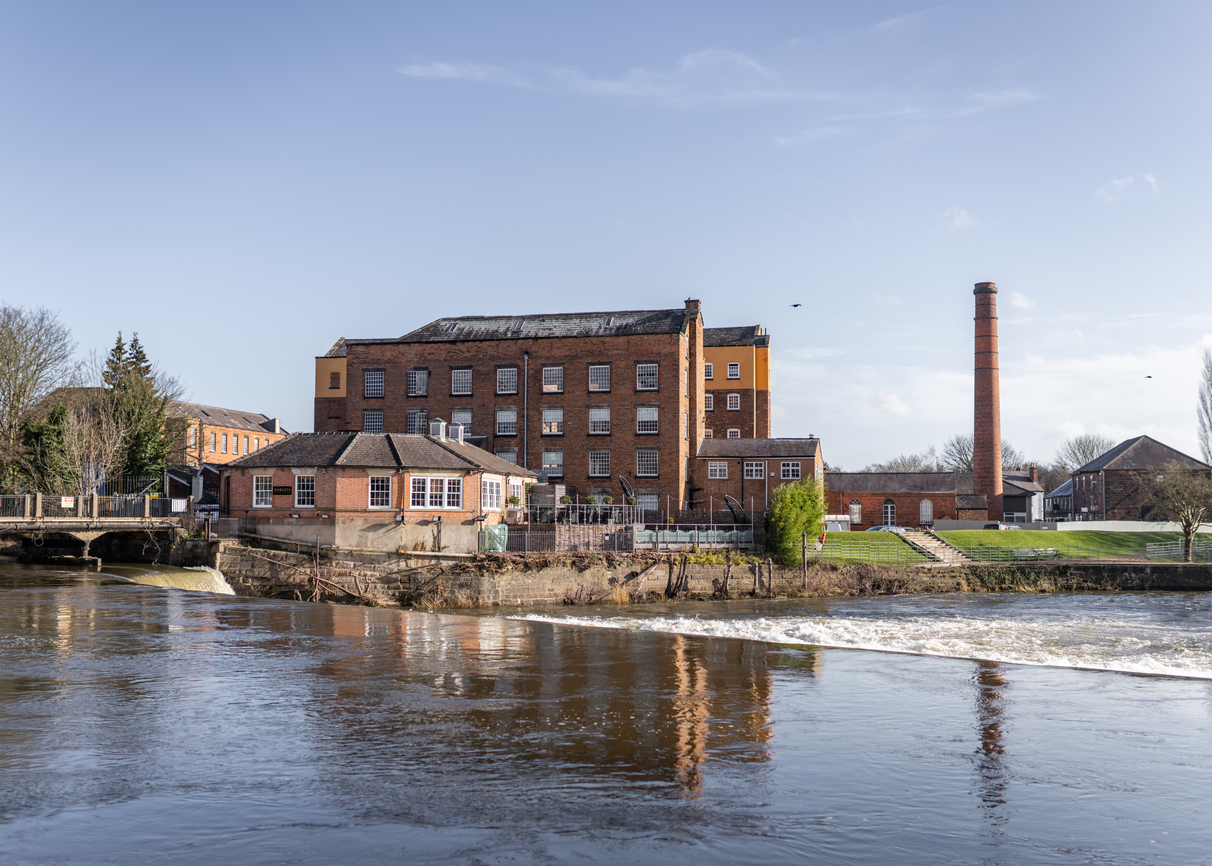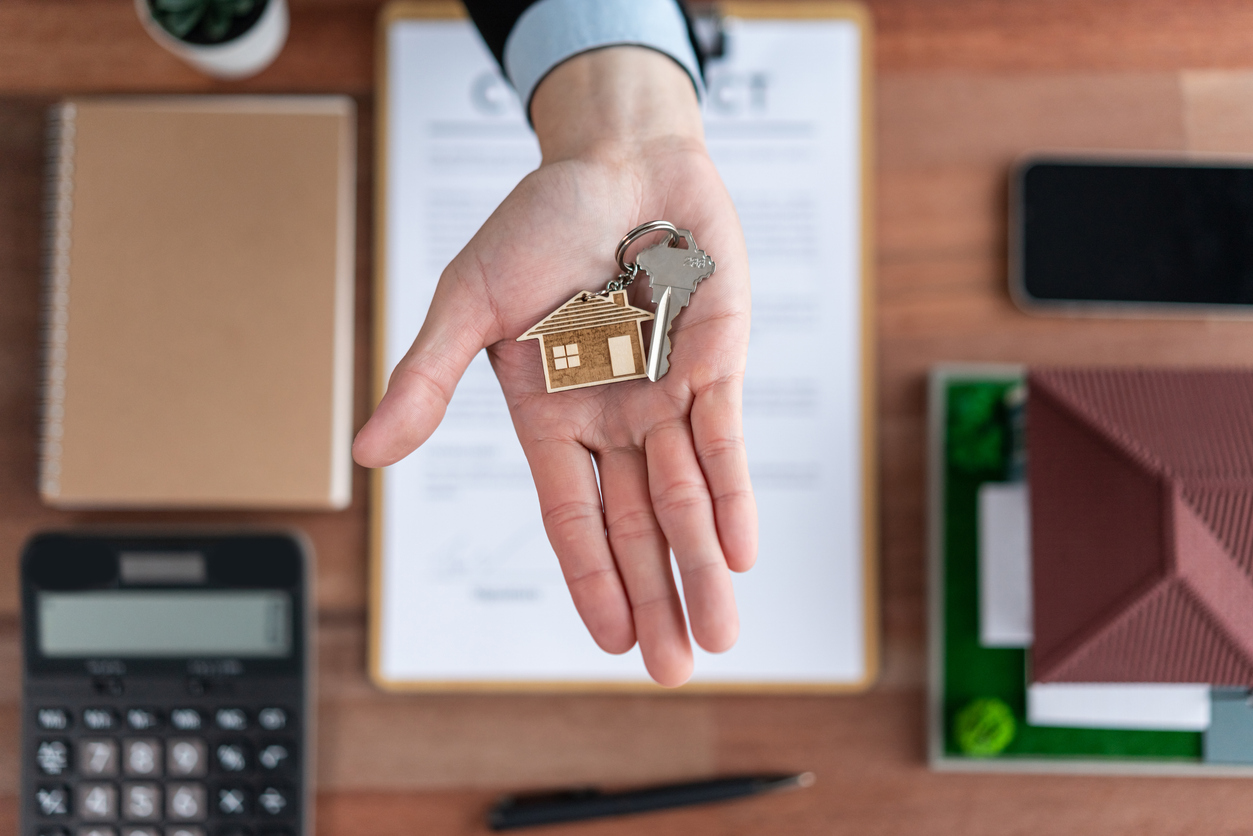Thinking about your first time buy to let investment? This detailed guide covers everything beginners need to know, from mortgages and deposits to landlord responsibilities, risks, and rewards.
Introduction: Why Buy to Let Appeals to First Time Investors
Property has long been considered one of the most reliable ways to build wealth in the UK. While house prices may fluctuate in the short term, the long-term trend has historically been upward, and demand for rental accommodation continues to rise. For many people, this combination makes property investment far more appealing than putting money into savings accounts or stock markets.
A first time buy to let is often the gateway into property investment. Instead of purchasing a home to live in, you buy a property specifically to rent out to tenants, generating income while potentially benefiting from capital growth. However, entering the market for the first time can feel intimidating. You’ll face questions about how to finance your investment, how to choose the right property, and how to manage the responsibilities of being a landlord. This guide is designed to answer those questions in detail, giving you the knowledge to approach your first time buy to let with confidence.
Understanding the Basics of Buy to Let
A buy to let is simply a property purchased with the intention of letting it to tenants. The aim is usually to make money in two ways. The first is through rental income, where tenants pay you each month to live in the property. The second is through capital appreciation, where the property’s value increases over time, allowing you to sell it later at a profit.
For a first time buy to let investor, this dual-income potential is appealing, but it comes with its own complexities. Unlike buying a residential home, a buy to let investment is treated differently by lenders, the tax system, and even property law. Understanding these differences is crucial before you make your first purchase.
Is a Buy to Let Right for First Time Investors?
The first step is deciding whether buy to let aligns with your financial goals. Ask yourself whether you want a long-term investment or short-term gains. Buy to let tends to reward patience rather than quick profit. Are you comfortable tying up capital in a property for several years?
You must also consider your personal circumstances. Lenders typically require larger deposits for buy to let mortgages, often at least 20 to 25 per cent of the property value. This means you will need more savings upfront compared with buying a home to live in. In addition, you will need to manage risks such as rising interest rates, tenant vacancies, or unexpected maintenance costs.
If you are looking for a steady income stream, can afford to commit capital for the long term, and are ready to manage the practical side of property ownership, then a first time buy to let could be the right choice.

How Buy to Let Mortgages Work
Financing is one of the most important parts of planning your investment. A buy to let mortgage differs significantly from a standard residential mortgage. Lenders usually ask for a larger deposit, and the mortgage approval process focuses less on your personal income and more on the potential rental income of the property.
Most lenders will only approve the loan if the expected rent covers 125 to 145 per cent of the mortgage repayments. This is called a rental income stress test. It ensures that you can still afford the repayments even if interest rates rise or rental income fluctuates.
Another key difference is that many buy to let mortgages are structured as interest-only. This means you pay only the interest each month, keeping payments lower, but the original loan amount must be repaid at the end of the mortgage term. Some landlords plan to repay it by selling the property, while others save separately or switch to repayment later.
Choosing the right mortgage product is crucial. Even a small difference in interest rates can make a big impact over the course of years, so compare deals carefully and consider working with a mortgage broker who specialises in buy to let. For a first time buy to let buyer, this guidance can make the difference between a profitable investment and a costly mistake.

The True Costs of a Buy to Let Investment
A common mistake for first time landlords is underestimating the costs involved. Beyond the property price and deposit, there are several additional expenses that can significantly affect profitability.
Stamp duty is one of the largest upfront costs. In the UK, buy to let properties attract a higher rate of stamp duty compared with first homes, which can add thousands of pounds to your initial outlay. You must also budget for legal fees, surveys, and mortgage arrangement fees during the purchase process.
Once you own the property, running costs begin. If you use a letting agent to find tenants and manage the property, you will need to pay their fees, which are often a percentage of the monthly rent. Maintenance and repairs are another ongoing cost, and it is wise to set aside at least one percent of the property’s value each year to cover unexpected issues. Landlord insurance, which protects against property damage or rental default, is another essential expense.
Taxes also play a role. Rental income is subject to income tax, and when you eventually sell the property, you may face capital gains tax if its value has increased. These costs can quickly eat into your profits if you do not plan for them carefully, making it vital for first time buy to let investors to plan conservatively.
One way many landlords reduce this burden is by purchasing through a limited company. Holding property in a company structure can offer significant tax efficiencies, including access to corporation tax rates and the ability to offset mortgage interest as a business expense. At 365 Invest, we work closely with a trusted partner who can set up and manage this structure on your behalf, ensuring your investment is optimised for long-term profitability.
Choosing the Right Location for Your First Buy to Let
Location is arguably the most important factor in determining the success of your investment. A property in the right place can deliver strong rental demand, reliable tenants, and good long-term growth. The wrong location, on the other hand, can lead to long void periods, falling property values, and tenant problems.
When considering a location for your first time buy to let, think about rental demand. Properties near universities, hospitals, or major employment hubs are often in constant demand. City centres and commuter towns with good transport links are also attractive to tenants.
It is equally important to consider long-term growth potential. Areas undergoing regeneration, with new infrastructure or business investment, often see property prices rise over time. Rental yield, the ratio between rental income and property price, should also guide your decision. For example, northern cities such as Manchester, Liverpool, or Leeds often offer higher yields than London, though the capital may still offer greater long-term appreciation.
Research is key. Study local rental markets, talk to letting agents, and review property reports to ensure you are making an informed choice.

Responsibilities of a First Time Landlord
Buying a property is only the first step. Once you have tenants, you take on the legal and practical responsibilities of being a landlord. These responsibilities include ensuring that the property meets safety standards, such as gas and electrical checks and fire safety compliance. You must also provide a valid Energy Performance Certificate before the property can be let.
Tenant deposits must be placed in a government-approved protection scheme, and you are required to respond to repair requests and maintain the property to a reasonable standard. Failure to comply with these obligations can result in fines or even legal action.
Some landlords choose to manage everything themselves, which can save money but requires significant time and effort. Others hire letting agents to handle day-to-day management, though this reduces profits due to management fees. Whichever option you choose, you remain legally responsible for the property. For a first time buy to let owner, understanding these duties upfront is essential.
Common Risks for First Time Investors
Like all investments, buy to let carries risks. One of the biggest is vacancy periods, when the property sits empty and produces no income. This can quickly strain your finances if you rely on rental income to cover mortgage repayments.
Property prices can also fall, meaning capital growth is never guaranteed. Rising interest rates can make mortgage repayments more expensive, reducing profitability. Difficult tenants are another risk, as late payments, property damage, or legal disputes can create stress and financial loss.
To reduce these risks, it is vital to plan carefully. Always keep a financial buffer to cover mortgage payments during void periods, screen tenants thoroughly, and avoid over-stretching your finances. Many successful landlords treat their first time buy to let as a business venture, approaching it cautiously rather than expecting easy profit.
The Potential Benefits of Buy to Let
Despite the risks, many first time investors find buy to let a rewarding venture. Rental income provides a steady and relatively predictable stream of cash flow. Property also tends to increase in value over the long term, creating opportunities for capital appreciation.
One of the unique advantages of property investment is leverage. With a mortgage, you can control a much larger asset than your initial cash outlay, magnifying potential returns. For many people, the tangible nature of property compared with more abstract investments such as stocks also provides a sense of security and control.
For those willing to manage the responsibilities and risks, a first time buy to let can form the foundation of a growing property portfolio.
Tax Considerations for First Time Landlords
Understanding tax is crucial if you want to avoid unpleasant surprises. Rental income must be declared on your self-assessment tax return, and you will pay income tax on profits after allowable expenses. These expenses can include letting agent fees, maintenance, insurance, and mortgage interest (though tax relief on mortgage interest has been significantly reduced in recent years).
When you sell the property, any increase in value is subject to capital gains tax, though you can deduct certain costs such as stamp duty, solicitor fees, and the cost of improvements. Inheritance tax is another consideration if you plan to pass property on to your children.
For many investors, purchasing through a limited company is a more tax-efficient option. Limited companies are taxed at corporation tax rates, which are often lower than personal income tax rates, and they allow for a wider range of deductible expenses. Mortgage interest can also still be fully offset against rental income in a company structure, which can make a substantial difference to overall profitability.
At 365 Invest, we partner with a specialist firm who can set up and manage this structure for you, ensuring your buy to let investment is both compliant and strategically positioned for tax efficiency.
Step-by-Step Guide to Buying Your First Buy to Let
The process of buying your first time buy to let can be broken down into several stages. First, assess your finances to determine how much you can afford, both for the deposit and for ongoing costs. Next, research potential locations and property types that fit your budget and investment goals. Once you have identified a target property, you will need to secure a mortgage agreement in principle and instruct a solicitor.
After your offer is accepted, the legal process begins, including surveys, searches, and mortgage approval. On completion, the property becomes yours, and you can begin preparing it for tenants. At this stage, you will need to decide whether to manage it yourself or appoint a letting agent. Once the property is ready, you can market it to potential tenants, sign tenancy agreements, and start collecting rent.
Although the process may seem daunting at first, breaking it into steps makes it much more manageable and sets you up for long-term success.

Final Thoughts: Is Buy to Let a Smart First Investment?
A first time buy to let can be an excellent way to begin building a property portfolio, but it requires careful planning and realistic expectations. Success depends on understanding the financial commitments, choosing the right property in the right location, and managing the ongoing responsibilities of being a landlord.
While risks such as vacancies, interest rate rises, and market fluctuations cannot be eliminated, they can be managed with the right strategy. For those willing to commit to the long term, a buy to let property can provide a steady income stream, the potential for capital growth, and a foundation for lasting financial security.
If you are prepared to do your research, budget carefully, and treat your investment as a business rather than a side project, your first time buy to let could be the start of a successful journey into property investment.
If you require professional guidance with your first time buy to let investment or have any further questions, please do not hesitate to contact us. Our team at 365 Invest is pleased to provide tailored advice and comprehensive support throughout your investment journey. We specialise in helping both new and experienced landlords with every aspect of buy to let, including mortgages, company property structures, legal assistance, and ongoing property management. To learn more about how 365 Invest can help you succeed, please visit our homepage.










